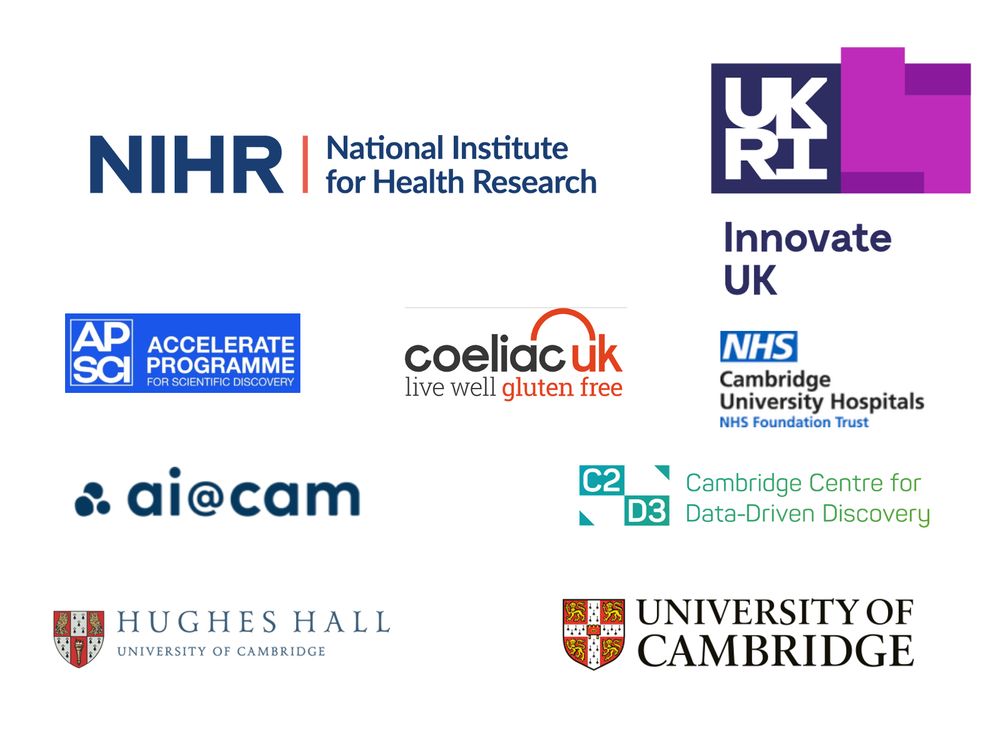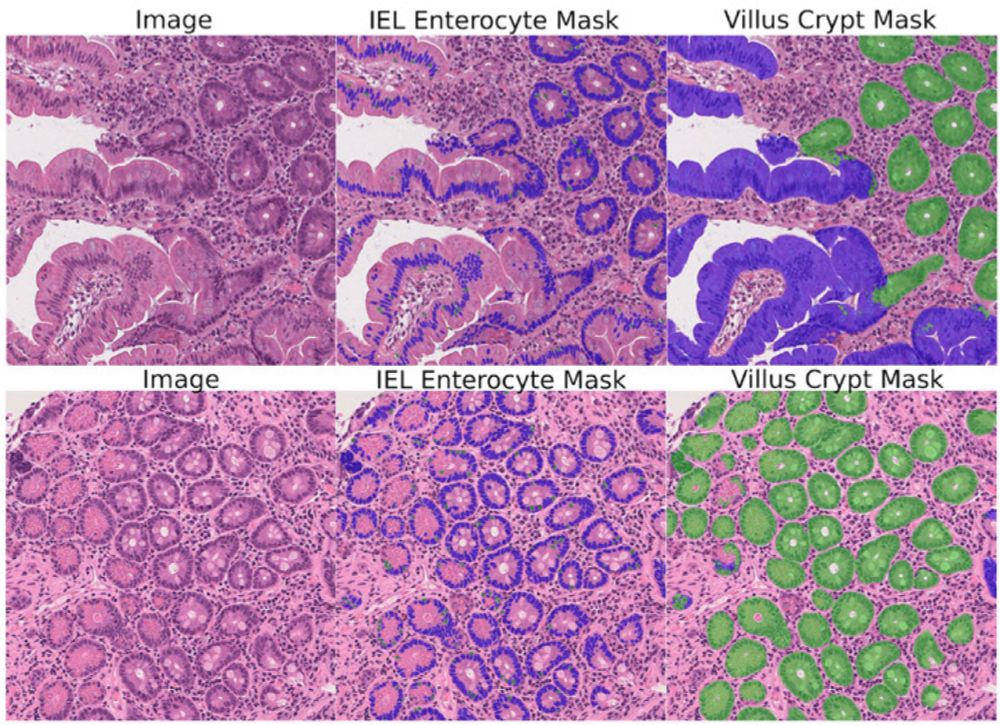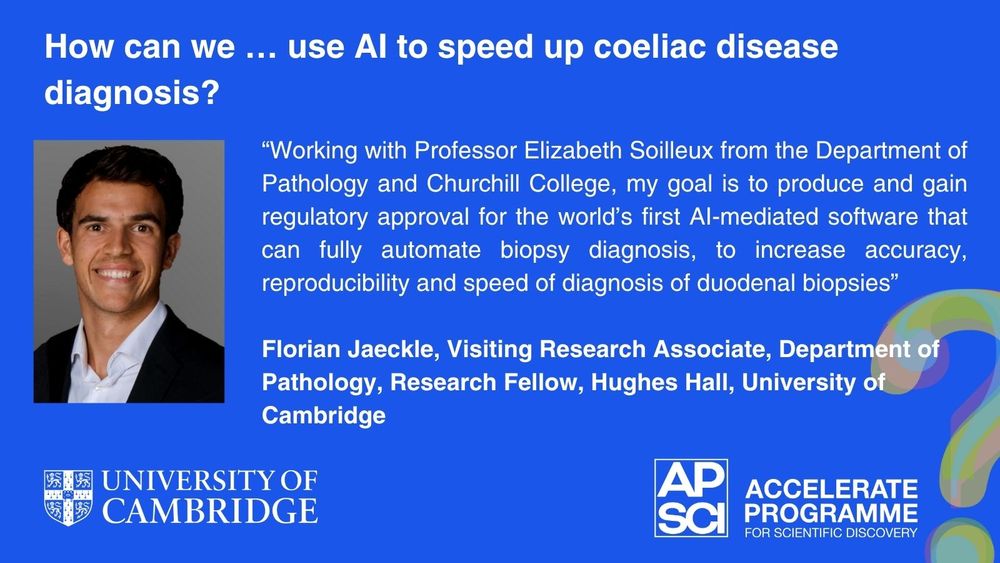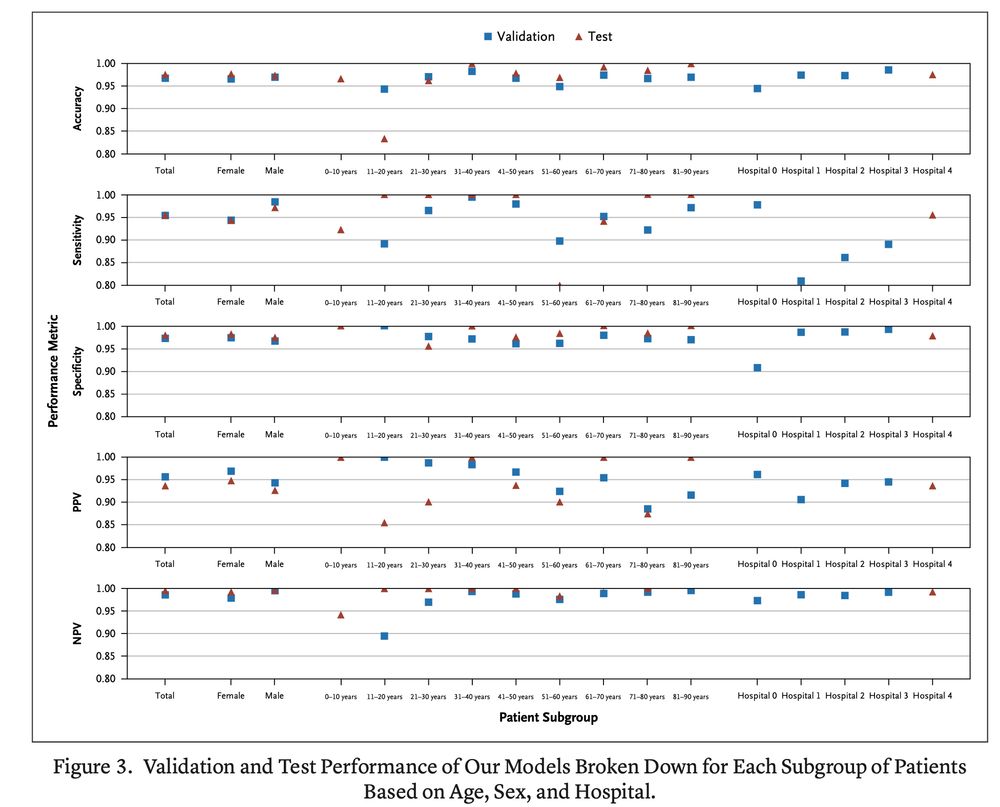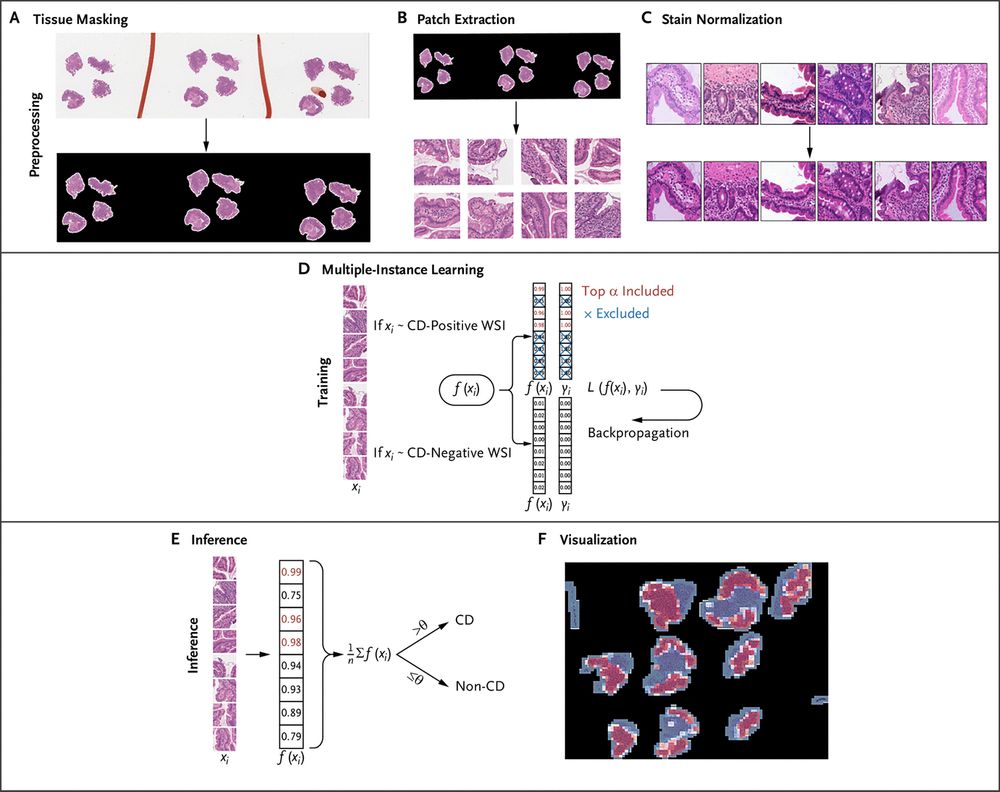Florian Jaeckle
@florianjaeckle.bsky.social
62 followers
160 following
20 posts
CTO @ Lyzeum Ltd & PostDoc @ Cambridge & Fellow @ Hughes Hall | Developing Interpretable AI for the Diagnosis of Coeliac Disease
Posts
Media
Videos
Starter Packs
Pinned
Reposted by Florian Jaeckle
Reposted by Florian Jaeckle
Reposted by Florian Jaeckle
The Guardian
@theguardian.com
· Mar 27

Researchers develop AI tool that could speed up coeliac disease diagnosis
Cambridge study finds algorithm is as effective as a pathologist in detecting disease – and much quicker
AI could speed up the diagnosis of coeliac disease, according to research.
Coeliac disease is an autoimmune condition affecting just under 700,000 people in the UK, but getting an accurate diagnosis can take years. Continue reading...
www.theguardian.com


